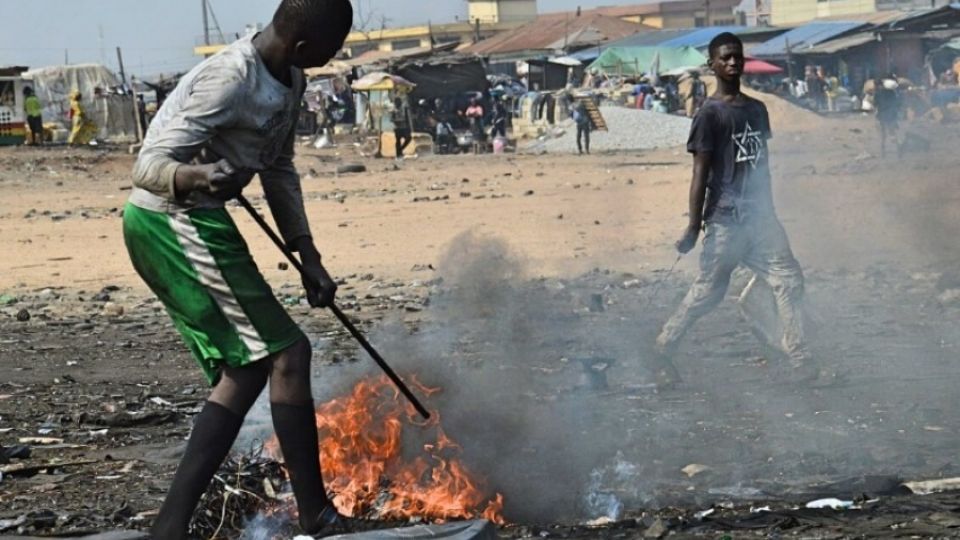The pungent odor is the first to give away the Agbogbloshie scrapyard. The thick smell of burning plastic covers the whole area around, yet the locals do not seem to mind it. Right in front of the world's largest e-waste dump, the Agbogbloshie Market is located with various types of vegetables, mainly onion and cassava, displayed openly, despite the ashes flying all over the place. With this view, you walk on one of the most polluted places on the planet…
The history of the scrapyard dates back to 1991, and the facility was built between 1994 and 1995. Since then, the scrapyard is the final destination for e-waste and cars from Nigeria, Burkina Faso, the United Kingdom, the European Union, or other destinations like the United States.
The workers come mostly from the Northern rural parts of Ghana to make a living in the country's capital; the vast majority of them also live among the mountains of old washing machines and TV screens. Life on the scrapyard's premises is a traditional tribal arrangement under the rule of local authority, Idrisu Saibu, the chairman often referred to as the chieftain.
The number of people living in the area covering over 30 hectares (roughly 44 football pitches) is unclear. According to several estimates, the scrapyard is home to over 50,000 people, but the figure is even higher in some reports.
See Arnika's photos from the Agbobloshie scrapyard: How does the world's largest e-waste dump look like?
All over the place, you can see copper wires, aluminum, or glass shards, old trucks, refrigerated computer boards, dismantled air-conditioning units, or car engines piling up to four meters high. It is hard to distinguish garbage from people's sheds. The only things rising over the skyline are two mosques and the dark gray smoke from several fireplaces.
Scrappers use primitive methods, such as open burning, to remove plastic insulation from copper cables causing releases of highly dangerous chemicals because of the toxic pollution bridge with local workers in their 20s, according to the Guardian's report published in 2014.
In 2013, the Agbogbloshie scrapyard was included amongst other sites on the list of the world's worst polluted places.
![]()







